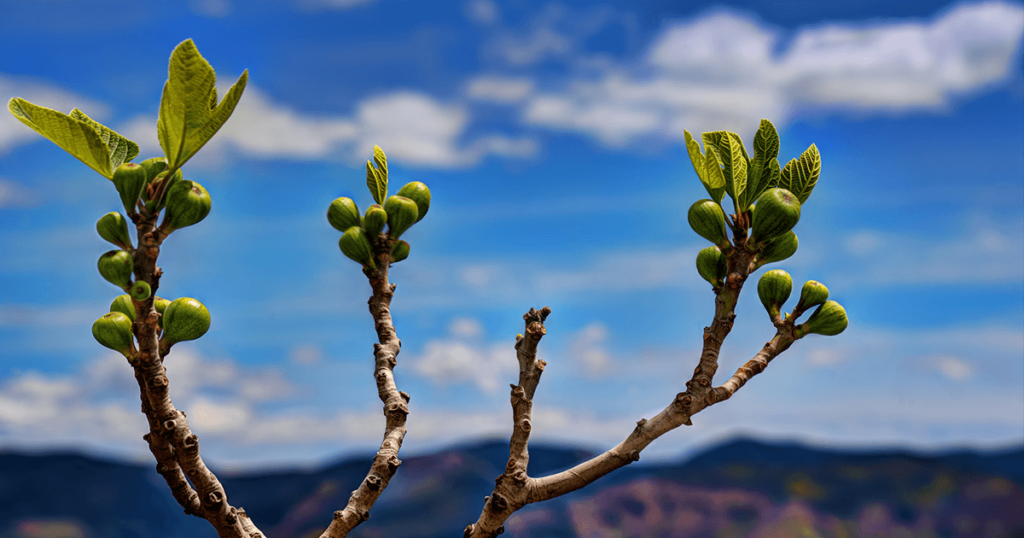
Mirándanos, tiny wild strawberries, smaller even than the nail on my pinkie, are the first fruit of the spring. They grow at the sides of roads, and in April, we wend our way on a run along the lanes where we’ll find them. Then we pick all we can. Twenty hardly fill your palm, but the taste, tangy and sweet, fills your mouth.
Cherries appear in late May. Fruit on branches that hang over walls into the street is understood to be anybody’s to pick, and in these country lanes we grab a dangling cherry or two as we jog. June and July offer slim pickings, but a feast begins in August. By mid-month there are hazelnuts, pears, and plums. Many trees on public lands, either in parks, beside the road, or along a river, are fruit trees, and the rule is the fruit belongs to the first comer. Blackberries are everywhere on the edges of the city and in the recreational areas where, at the borders, growth thickens into impenetrable thickets of bramble, stinging nettle, and gorse before turning into forest. In more civilized areas, the passionfruit vine covers fences. The green and blue flowers look like cogs in an exotic machine, delicate and beautiful but easy to miss in a wall of leaves, and they disappear without a trace, except for the fruit, which is bright orange, full of deep red seeds, moist and sticky, sheathed in a white gauze that separates easily from the skin. Sometimes the packet comes out whole, a bit jiggly in your fingers, about the size of a walnut. Unless plucked, the fruit hangs on the vine until it shrivels, turns rust-spotted, and drops, splitting open on the sidewalk. The pavement is splattered crimson, such a pity I think. This variety is the blue passionflower, and I’ve read the fruit described as insipid. It is not much appreciated, though I can eat a dozen at a time, each one a glistening spoonful, subtle, beguiling.
In September, a small native variety of peach comes in, as do figs, and in October apples of many varieties, both for the table and for cider, fill the orchards. Walnuts ripen and fall in late October, followed by chestnuts in November. Eaten raw, cooked, or dried, and also ground for flour, chestnuts were a staple here from before the Romans arrived. Corn and potatoes from the Americas replaced them at the end of the 18th century as a principal food stuff, though I’ve seen restaurants offering a stew of chestnuts and beans for lunch, and I know people who grew up eating a bowl of chestnuts boiled with milk for a bedtime snack.
Magüestu is the fiesta early in November that celebrates the harvest with roasted chestnuts and cider. But long before vendors on city streets roast the nuts in big drums to sell to passersby, and before children collect a bagful of them from the woods for the celebration at school, and before the last apples are thrown into the cider presses, a cold wind starts up. By the end of November, no fruit or nut is left to forage. I am out in mittens and not likely to linger long enough to enjoy the pickings, even if there were any.

